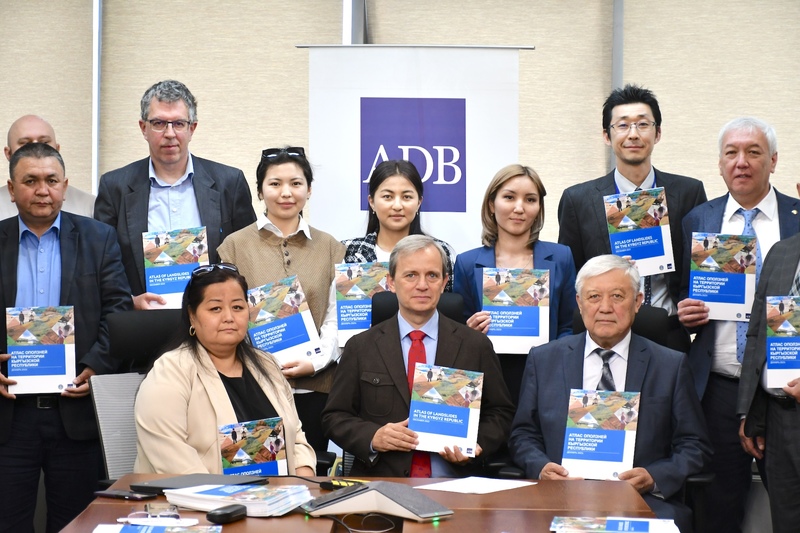
AKIPRESS.COM - Landslides are a significant concern for the Kyrgyz Republic due to its unique geology and high seismic activity and cause substantial losses in key economic sectors, according to a new Asian Development Bank (ADB) publication.
The Atlas of Landslides of the Kyrgyz Republic, an ADB’s publication, assesses the country’s rising exposure to landslides and highlights the risks and opportunities for landslide risk management in the Kyrgyz Republic.
“Landslide disasters in the Kyrgyz Republic have been devastating for rural communities and key sectors such as transport, energy, and mining,” said ADB Country Director for the Kyrgyz Republic Zheng Wu. "ADB is supporting the Kyrgyz Republic to improve its systems and capacities for landslide risk reduction and monitoring by deploying advanced technologies and international best practices."
Between 1991 and 2022, 593 landslide disaster events were recorded in the Kyrgyz Republic, resulting in 275 fatalities. About 5,000 houses with a population of up to 30,000 people are at immediate risk from the events with women and marginalized groups most vulnerable. The publication discusses that mainstreaming increased landslide risk management, including institutional and community monitoring capacity, into national development policies and investments can better protect rural communities.
The Atlas presents key data and maps on landslide hazards, exposure, and risk at the country and site levels. It also presents opportunities for an integrated approach to addressing landslide risks and seeks to support analysis and decision-making on landslide risk management in the Kyrgyz Republic.
The Atlas discusses how ADB supports the Kyrgyz Republic with $35 million in grant and concessional loan financing for the Landslide Risk Management Sector Project. This is the first integrated preemptive landslide risk reduction investment by ADB to safeguard rural communities in the country. The project combines engineering and nature-based solutions for landslide risk reduction measures and capacity-building for institutional and community landslide monitoring and management. The project aims to reduce direct and indirect human and economic losses from landslides and safeguard ongoing development efforts.
